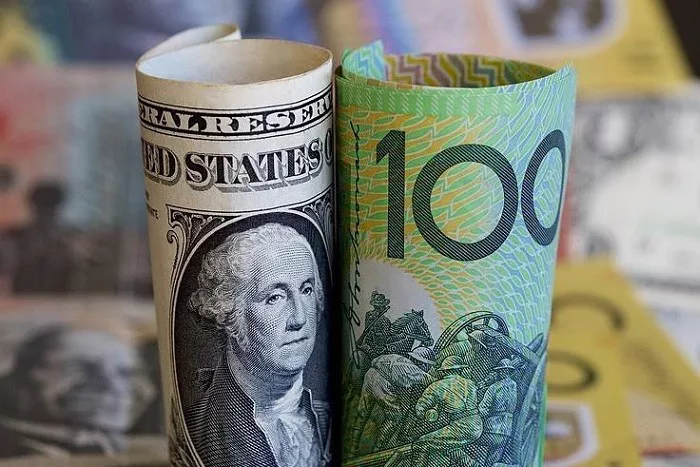Australian currency notes not only serve as a medium of exchange but also reflect the rich history, diverse culture, and remarkable achievements of the nation. Each denomination features a distinct character, paying homage to prominent figures who have played a significant role in shaping Australia’s identity. This article aims to explore the characters depicted on Australian dollar notes, delving into their backgrounds, contributions, and their symbolic representation on the nation’s currency.
The Five-Dollar Note:
The five-dollar note showcases the image of Queen Elizabeth II, who has been the reigning monarch since 1952. As the constitutional monarch of Australia, Queen Elizabeth II represents the country’s historical ties with the British monarchy and serves as a unifying figure for the nation.
The Ten-Dollar Note:
Dame Mary Gilmore:
The ten-dollar note features the portrait of Dame Mary Gilmore, an influential Australian poet and social reformer. Known for her advocacy of women’s rights, workers’ rights, and support for the disadvantaged, Gilmore’s presence on the currency symbolizes her lasting impact on Australian society.
The Twenty-Dollar Note:
Reverend John Flynn:
Reverend John Flynn, the founder of the Royal Flying Doctor Service (RFDS), graces the twenty-dollar note. His pioneering efforts in establishing the RFDS revolutionized medical services in remote areas of Australia, providing crucial healthcare access to those living in the outback.
The Fifty-Dollar Note:
David Unaipon:
David Unaipon, an Aboriginal inventor, writer, and preacher, is featured on the fifty-dollar note. Recognized as a significant figure in Indigenous Australian history, Unaipon made notable contributions to the fields of engineering, science, and literature. His inclusion on the currency highlights the important role of Indigenous Australians in shaping the nation’s heritage.
The One-Hundred-Dollar Note:
Sir John Monash:
Sir John Monash, a distinguished Australian military leader and engineer, is honored on the one-hundred-dollar note. As a commander during World War I and an influential figure in post-war Australia, Monash’s contributions to the nation’s development and his leadership attributes are celebrated through his depiction on the currency.
Security Features and Design Elements:
In addition to the character portraits, Australian dollar notes incorporate various security features and design elements that ensure their authenticity and deter counterfeiting. These include microprinting, holographic windows, raised printing, fluorescent ink, intricate patterns, and tactile features, all of which contribute to the durability and security of the currency.
The Evolution of Australian Currency:
Over the years, Australian currency has undergone significant changes in its design and denominations. The introduction of polymer banknotes in 1988 brought enhanced durability, improved security features, and increased longevity compared to traditional paper-based currency.
The Cultural Significance of Currency Characters:
The selection of characters for Australian banknotes reflects the nation’s commitment to inclusivity, diversity, and recognition of significant achievements across various fields. By featuring figures from diverse backgrounds such as poetry, social reform, healthcare, Indigenous culture, and military leadership, Australian currency serves as a cultural artifact that educates and inspires citizens about their shared history and values.
Commemorative Banknotes:
Apart from the regular banknotes, Australia has also issued commemorative banknotes on special occasions or anniversaries. These limited-edition notes often highlight specific events, individuals, or milestones that hold great significance to the nation.
Conclusion:
The characters depicted on Australian dollar notes represent a tapestry of Australian history, culture, and achievements. From the reigning monarch to influential poets, social reformers, inventors, and military leaders, each character serves as a reminder of Australia’s diverse heritage and the contributions made by its people. The inclusion of these figures on the nation’s currency reflects the values, aspirations, and collective identity of Australians, making the banknotes not just a means of financial exchange, but also an embodiment of national pride and cultural significance.


